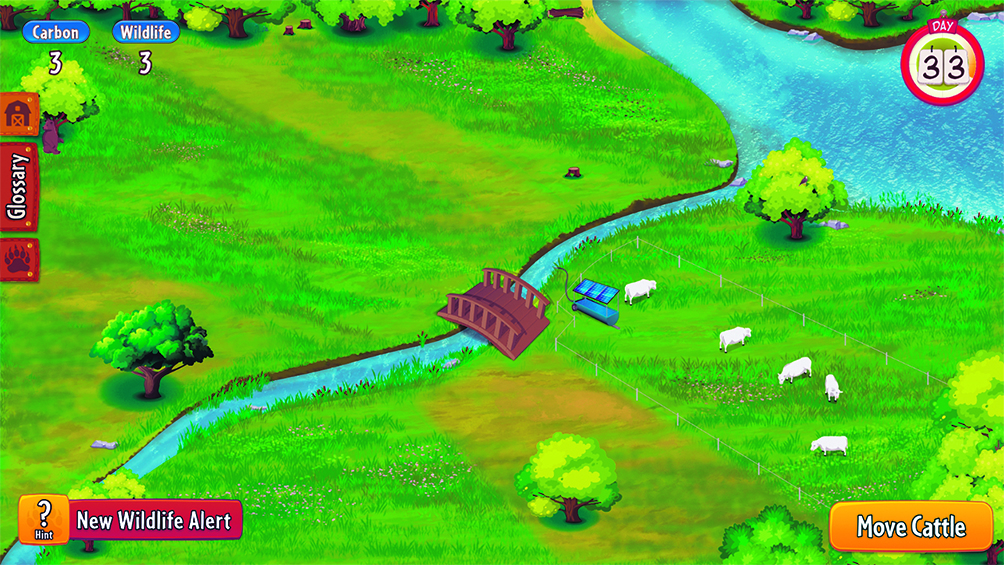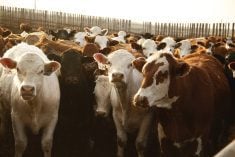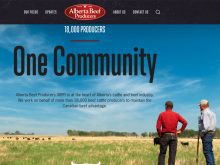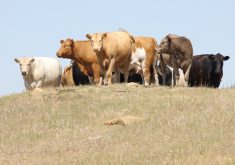The new game is the Canadian Cattle Association’s latest effort to update its documentary about the importance of grazing
Farm simulations are a popular video game subgenre.
Now, the Guardians of the Grasslands teaching tool, produced by the Canadian Cattle Association, has a video game component aimed at middle and high school students for in-class learning.
Riffing off the title of the popular superhero series Guardians of the Galaxy, the CCA has been promoting the message of how cattle play a similar role that bison once did in protecting the remaining grasslands of the Canadian Prairies.
Since 2019, when the short documentary Guardians of the Grasslands hit the short film festival circuit, the CCA has updated the project, first with a classroom kit that follows the themes and lessons of the documentary, then with the release of the video game by the same title, which was released earlier this year.
“Really, the main things we’re trying to teach students is that cattle can play a role in managing (and) preserving the grassland ecosystem and trying to relate that through gaining carbon points and wildlife points, showing that they promote biodiversity and can preserve stored carbon,” said Lynsay Beavers, stakeholder engagement specialist at CCA.
Trying to counter the negative views ranchers sometimes receive about the greenhouse gases cattle release through burping and flatulence, the CCA has focused its educational materials on how cattle help manage grasslands though frequent grazing of the grass and noxious weeds.
According to Beavers, this in turn helps the plants capture more carbon from the air and store it in their root zone.

The video game is meant to be played after watching the 12-minute short documentary. Using information learned from the video, players are in charge of a herd of cattle. To earn carbon points, players must successfully rotate their herd through a set of paddocks every few days. Interspersed throughout the game play, which lasts for about 15 minutes, are informational alerts about wildlife that can be found on the Prairies.
Having played the game three times, I was stressed the first time. I was anxious about doing my best to protect the grasslands and the surrounding wildlife. My good intentions paid off. I was successful.
I also played through the Saskatchewan and Alberta versions of the video game. The different versions are designed to show different species that live in certain regions.
“We wanted the species to be things that students might actually see in real life,” said Beavers. “We modified it to make sure that the species aligned with things that are found in their province.”
The Saskatchewan, Alberta and Manitoba versions are available. The Ontario and British Columbia versions are expected to come out by the start of the school year.
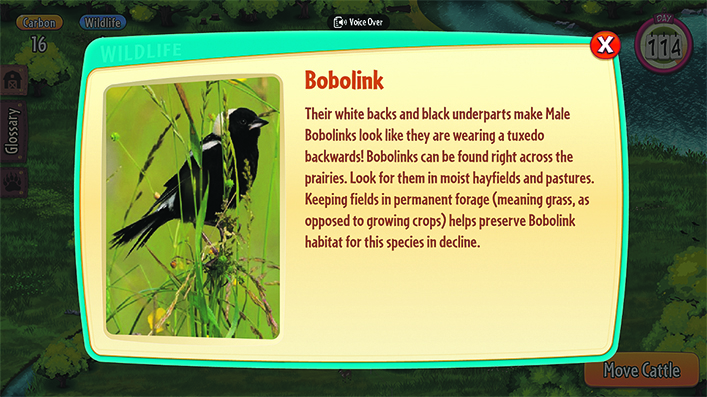
The Guardians of the Grasslands series has been integrated into the curriculum of Alberta schools with the aid of educational partners Ag for Life and Inside Education.
The CCA has also spread the word about the game at trade shows and at the Calgary Stampede.
Response from the public has been good, especially with the game being freely available through the website, said Beavers.
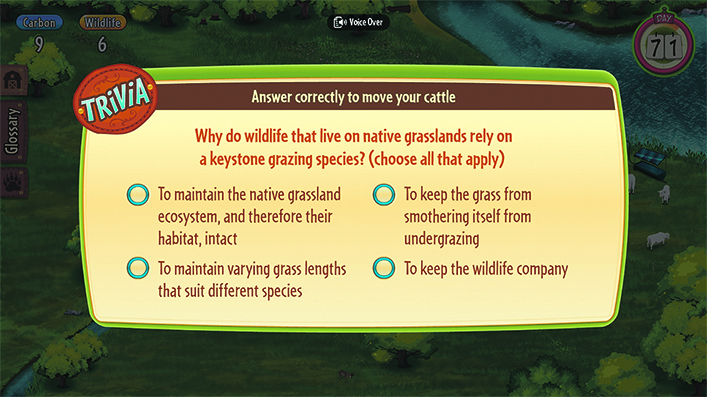
The game can be downloaded onto tablets or desktop computers, if internet connections are slow. Teachers or individuals can sign up for multiple instances of the game, or just a single experience.
Produced by Little Robot, a game design company in British Columbia, the project was funded in combination by the Canadian Cattle Foundation, Ducks Unlimited Canada, Youth Literacy in Agriculture and Canadian Agricultural Partnership through the Alberta government with added support coming from Nature Conservancy of Canada and Birds Canada.

